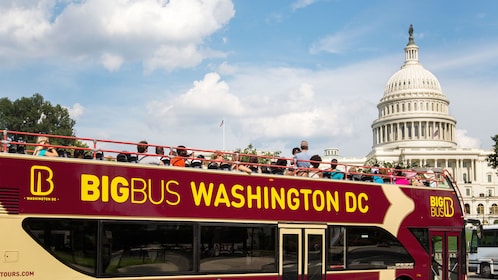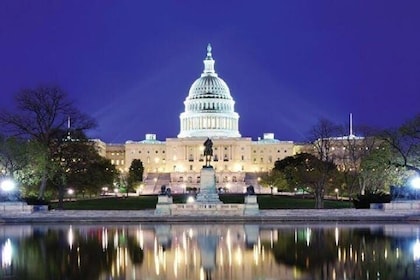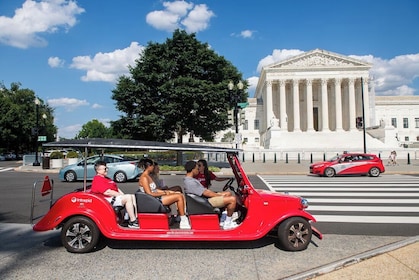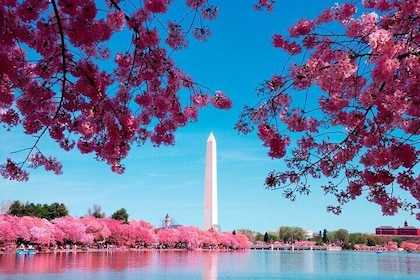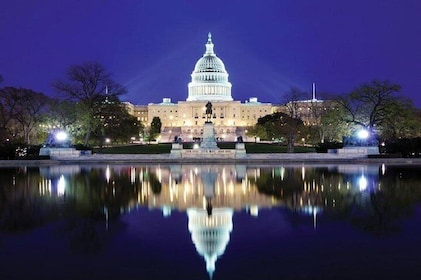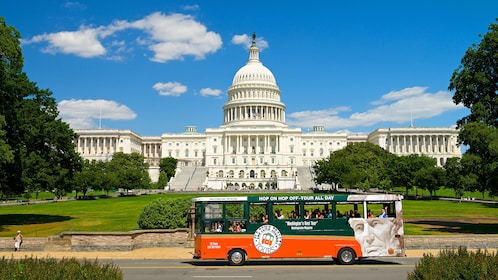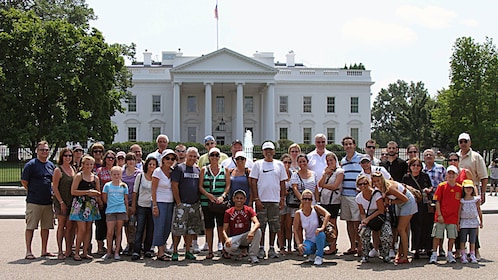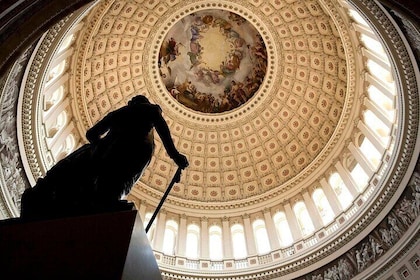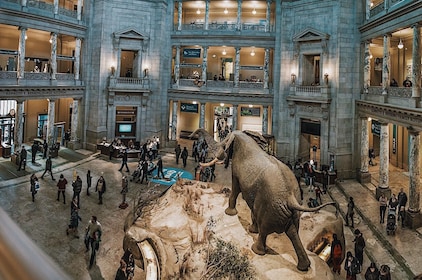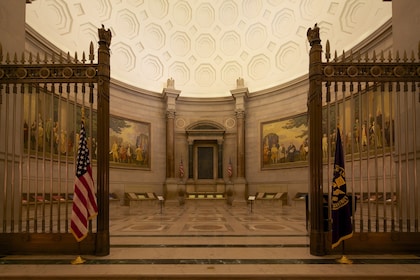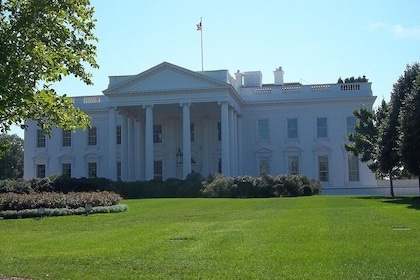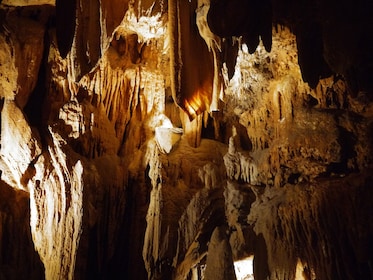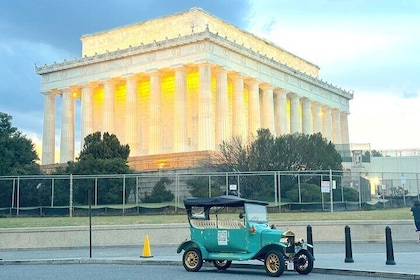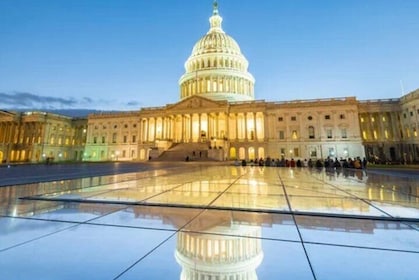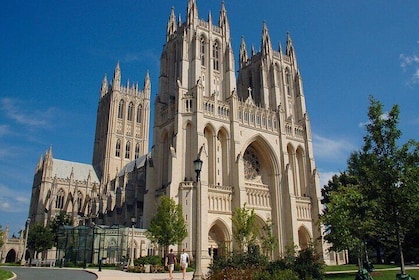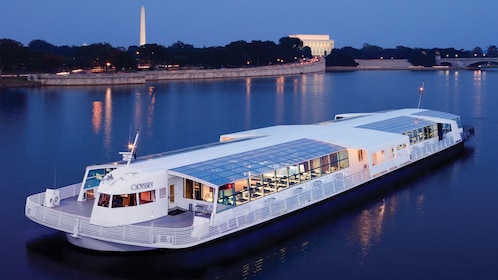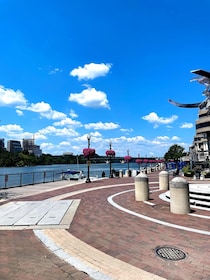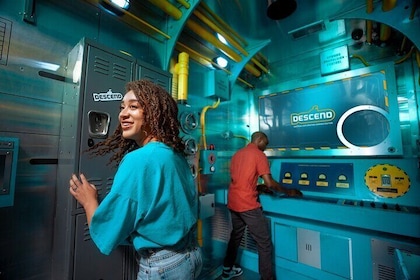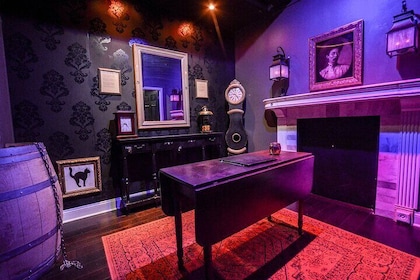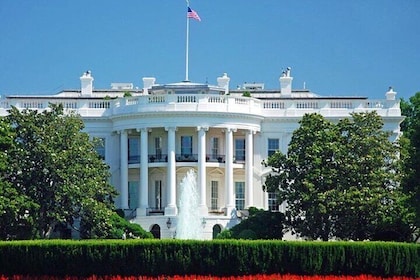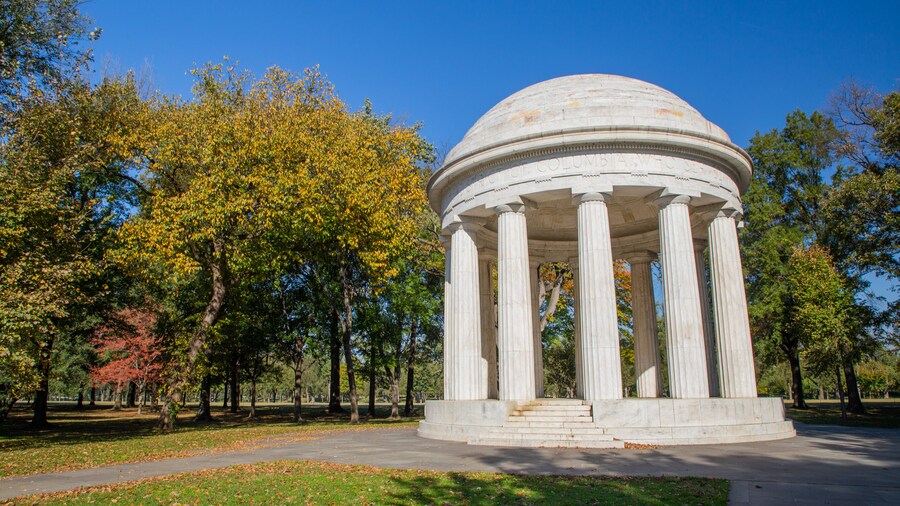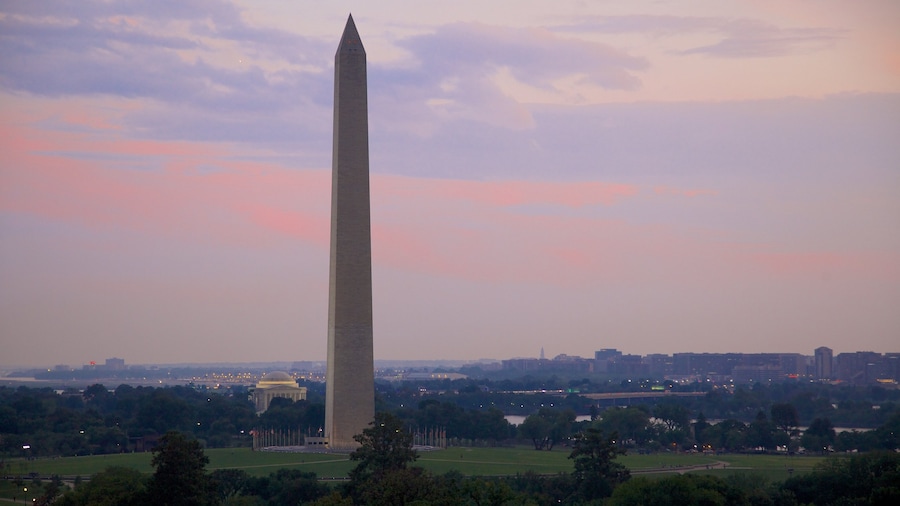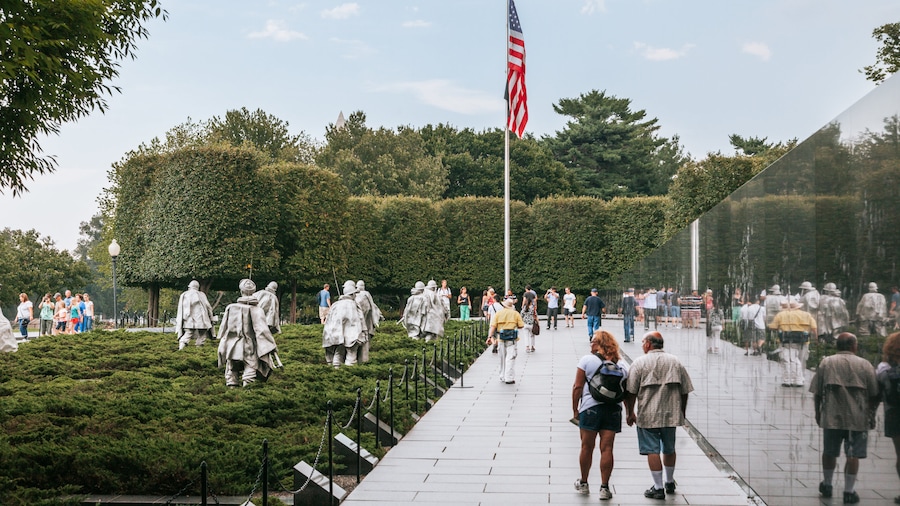A memorial honoring over 400,000 military personnel who died in the war is a sobering place. Pay respects to those who made the ultimate sacrifice for freedom.
Stand surrounded by 24 bronze and granite bas-relief panels at Washington, D.C.’s National World War II Memorial. Each panel is inscribed with a list of casualties. This soul-searching experience, with its serene park-like setting, provides a fitting environment to reflect on U.S. involvement and sacrifice made during the war to preserve Western democracy and liberty.
Find the memorial on the National Mall, surrounded by large elm trees. The Rainbow Pool assists in marking this area as a hallowed place to remember the men and women of United States Armed Forces who made the greatest sacrifice to protect future generations. Sit on one of the many benches provided to absorb the nation’s commitment of deploying 16 million people during the wartime period.
The memorial is a result of President Bill Clinton’s authorization for its establishment in 1993, with designs submitted in a 1996 contest. Architect Friedrich St. Florian’s design was chosen, with construction beginning in 2001. Imagine the people’s pride when it opened and was formally dedicated in 2004. Today when so few survivors of World War II remain alive, the memorial helps us remember their heroism with pride.
Make the memorial a stop when you walk between Lincoln Memorial and Washington Monument. The panels are accessible, with ramps at the north and south ends of the plaza. Access the memorial from the 17th Street entrance where there are descriptions of the area. Here you’ll find the Freedom Wall with more than 4,000 sculpted gold stars, each commemorating 100 people who gave their lives. The gold star was presented to families who lost members during the war as a symbol of family sacrifice. One of every 40 service members at that time died in the war.
Walk among the 56 granite pillars in the 7.4-acre (3-hectare) site, with each one representing a state, territory or district. Notice the bronze sculpted rope connecting the pillars that symbolizes the unity of the nation. The National World War II Memorial never closes and admission is free.





